Firmware updates are essential for the performance and reliability of wireless lavalier microphone systems. This...
How Noise Cancellation Works in Karaoke Microphones
Karaoke lovers know how frustrating background noise can be when using a karaoke machine. Whether you’re singing at home or on stage, a high-quality wireless mic or a mini microphone with noise cancellation can make a huge difference. These microphones use advanced technology to reduce unwanted sounds, ensuring your voice is clear and crisp. But how exactly does noise cancellation work? In this article, we’ll explore the science behind it and how it improves your karaoke experience.
Understanding Noise Cancellation in Karaoke Microphones
Noise cancellation is a technology that minimizes unwanted sounds while amplifying the primary audio source, which in this case is the singer's voice. There are two main types of noise cancellation used in karaoke microphones:
- Passive Noise Cancellation (PNC) – This involves the physical design of the microphone to block external noise.
- Active Noise Cancellation (ANC) – This uses electronic components to analyze and counteract unwanted sounds.
Both techniques are commonly used in wireless mic systems and mini microphone models to enhance performance.
Passive Noise Cancellation in Karaoke Microphones
PNC relies on the microphone’s design and materials to block unwanted sounds. Features like:
• Foam or Metal Mesh Covers – These help filter out wind and ambient noise.
• Directional Pickup Patterns – Most wireless mic systems use cardioid or supercardioid pickup patterns that focus on the singer’s voice while ignoring sounds from other directions.
• Vibration Absorption – High-quality karaoke machine microphones come with built-in shock mounts to reduce handling noise.
Although PNC is effective in reducing steady background noises, it struggles with unpredictable or loud disturbances. This is where ANC comes in.
Active Noise Cancellation: The Advanced Approach
ANC is a more sophisticated method that relies on digital processing. It uses built-in microphones to analyze ambient noise and produce an inverse sound wave to cancel it out. Here’s how it works:
1. Noise Detection – The microphone picks up external noise using tiny built-in sensors.
2. Signal Processing – The microphone’s internal processor analyzes the noise frequency and generates an anti-noise wave.
3. Noise Cancellation – The anti-noise wave is played alongside the singer’s voice, effectively neutralizing unwanted background sounds.
This technology is common in premium wireless mic and mini microphone models, ensuring better clarity in karaoke performances.
The Role of DSP (Digital Signal Processing)
Digital Signal Processing (DSP) is an essential feature in high-end karaoke microphones. It enhances ANC by filtering out specific frequencies while amplifying the singer’s voice. Some karaoke machine setups also include DSP to refine sound quality further. Key DSP functions include:
• Echo Cancellation – Reduces reverb and ensures a natural vocal tone.
• Automatic Gain Control (AGC) – Adjusts microphone sensitivity to maintain consistent volume.
• Feedback Suppression – Prevents high-pitched squeals caused by sound loops between the microphone and speakers.
With DSP, even a compact mini microphone can achieve studio-like audio quality.
Noise Cancellation vs. Voice Enhancement
Noise cancellation alone isn’t enough for a top-tier karaoke experience. Many microphones also feature voice enhancement technologies, which work alongside ANC. These include:
• EQ Adjustments – Boosts certain vocal frequencies for a richer sound.
• Reverb Effects – Adds depth to the voice, mimicking professional studio effects.
• Auto-Tune and Pitch Correction – Helps users stay in tune while singing.
These features make even budget-friendly wireless mic models sound professional.
Choosing the Best Karaoke Microphone with Noise Cancellation
If you’re looking for a karaoke machine with a high-quality microphone, consider these factors:
1. Type of Noise Cancellation – Opt for a microphone with both PNC and ANC for the best results.
2. DSP Integration – Look for models that offer digital enhancements.
3. Wireless Capability – A wireless mic provides freedom of movement without sacrificing sound quality.
4. Portability – A mini microphone is ideal for travel-friendly karaoke setups.
By selecting the right microphone, you’ll enjoy a superior singing experience with minimal background interference.
Final Thoughts
Noise cancellation technology plays a crucial role in improving karaoke sessions by reducing unwanted sounds and enhancing vocal clarity. Whether you’re using a karaoke machine, a wireless mic, or a mini microphone, understanding how these technologies work can help you choose the best equipment for your needs.
With advancements in ANC, DSP, and voice enhancement, today’s karaoke microphones deliver professional-grade audio, ensuring every performance sounds great. So next time you sing, let your microphone do the work—cancel the noise, amplify your voice, and enjoy the music.
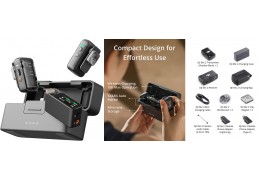
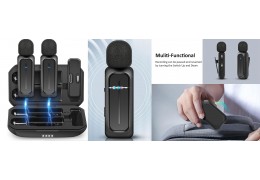
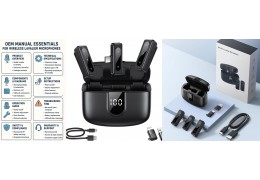

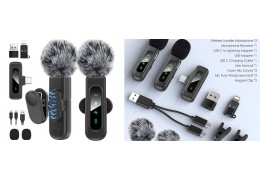
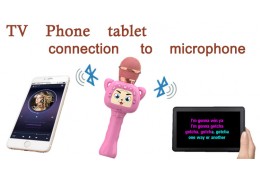
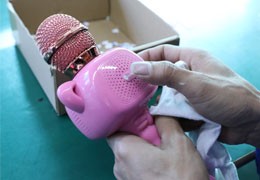
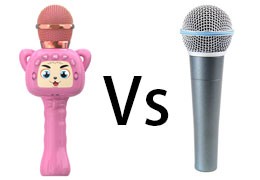



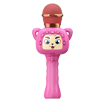

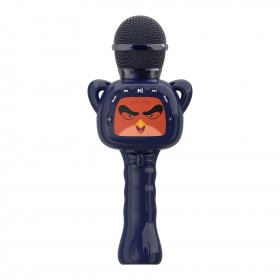
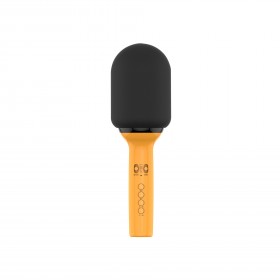
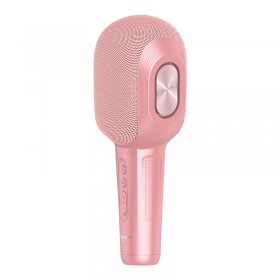

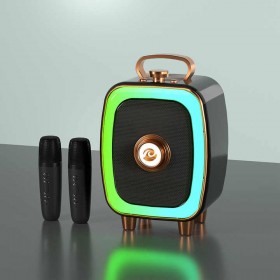
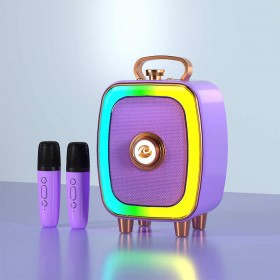
Latest comments